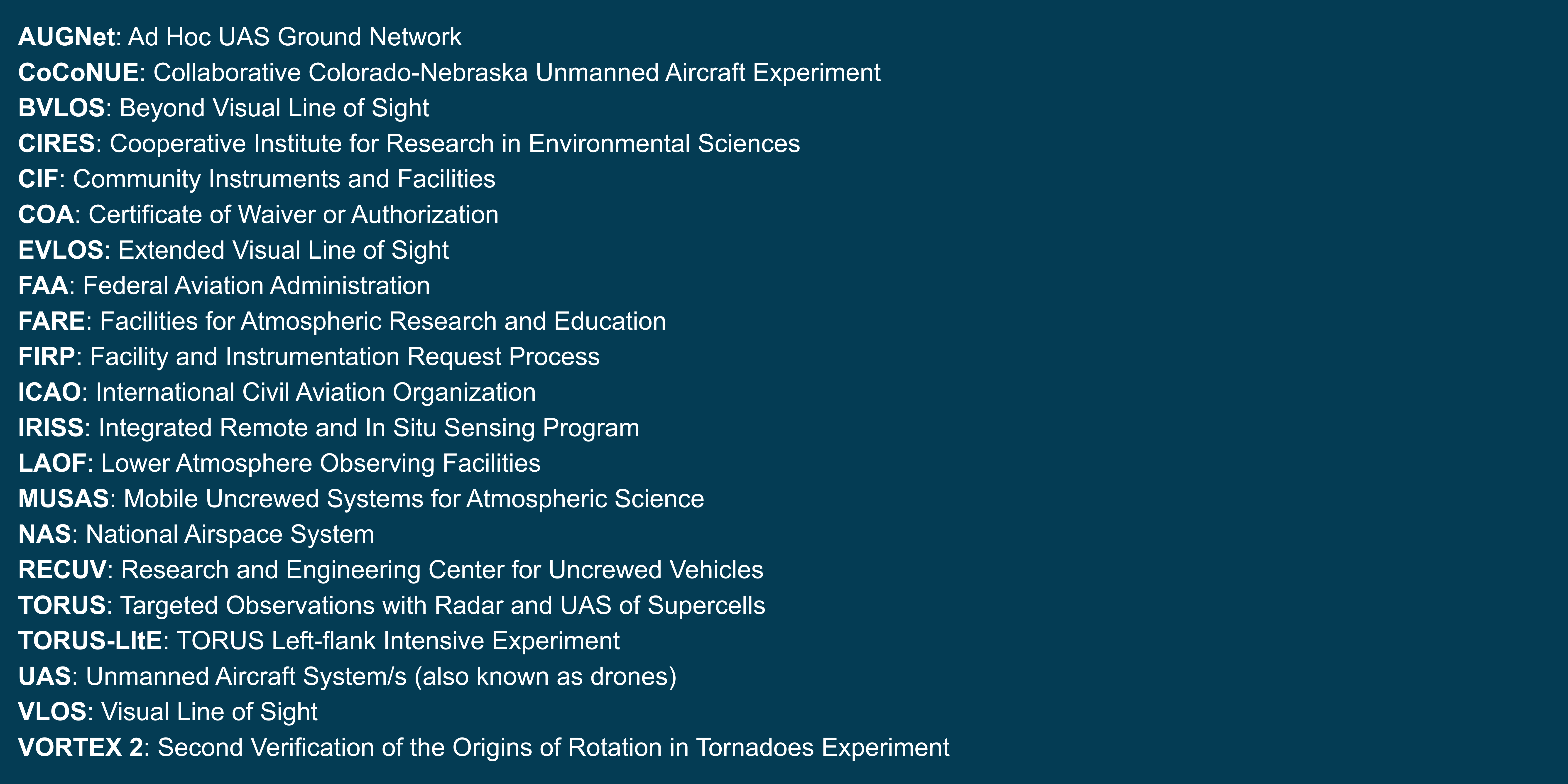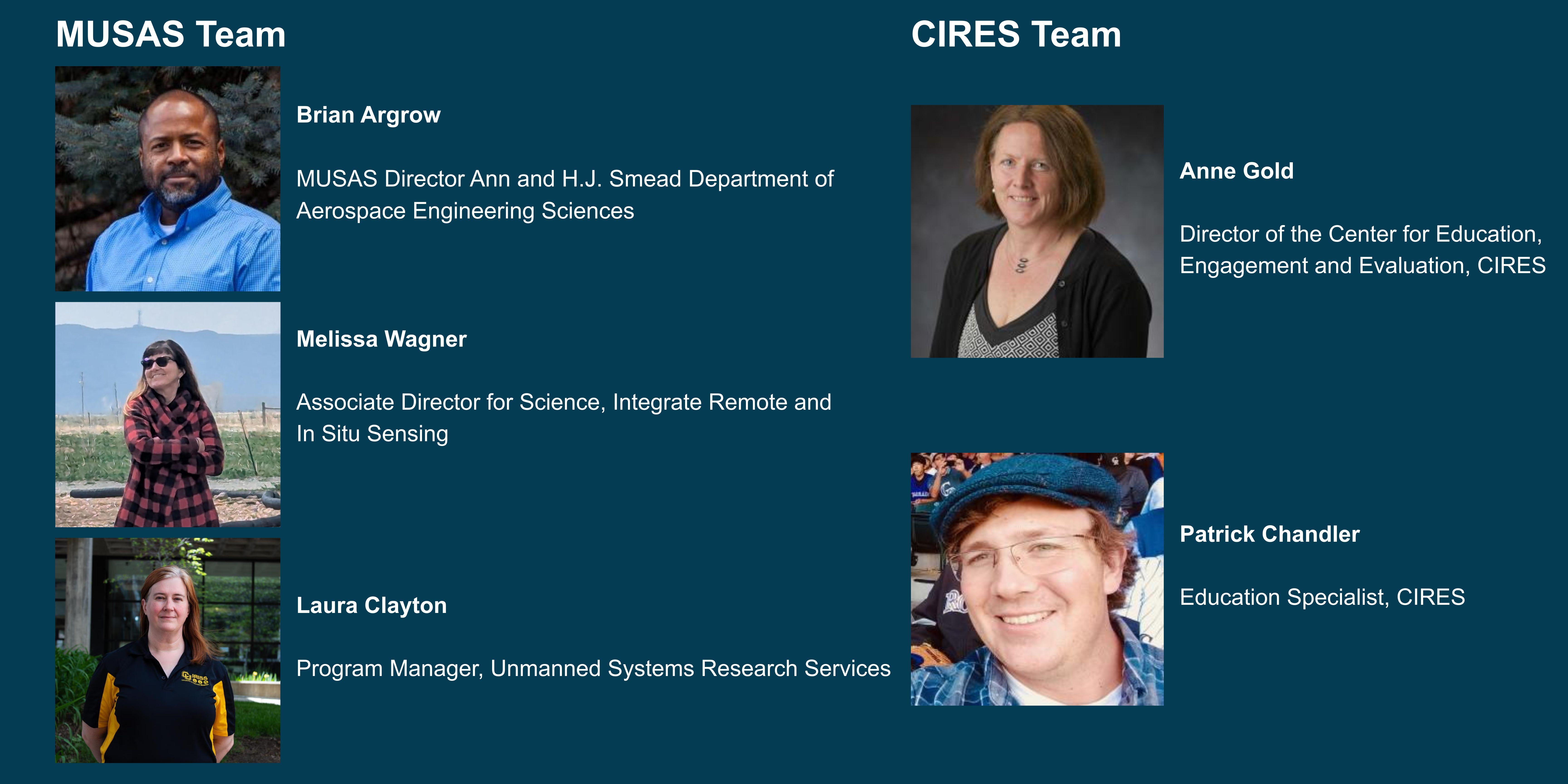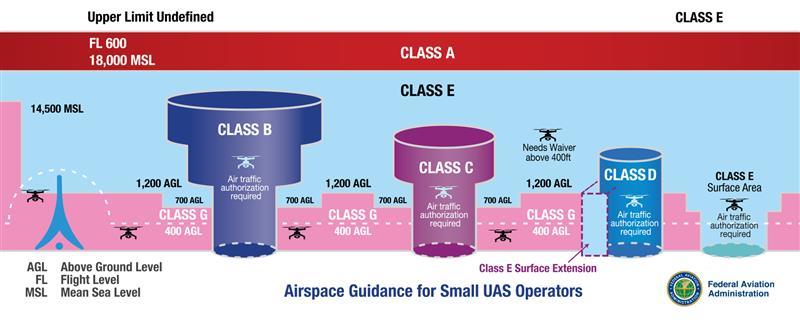In recent years, there has been increased interest in the use of small uncrewed aircraft systems (UAS) for atmospheric science. These platforms and the sensors they carry have advanced to provide accurate, high-resolution measurements of atmospheric phenomena of interest across a wide range of environmental regimes, and in environments that are otherwise challenging, monotonous, expensive, or dangerous to sample. Through this course, participants will become more familiar with UAS and will be able to consider how to use them in their own work.
- Home
- online workshops
- introduction uncrewed aircraft systems uas atmospheric science








